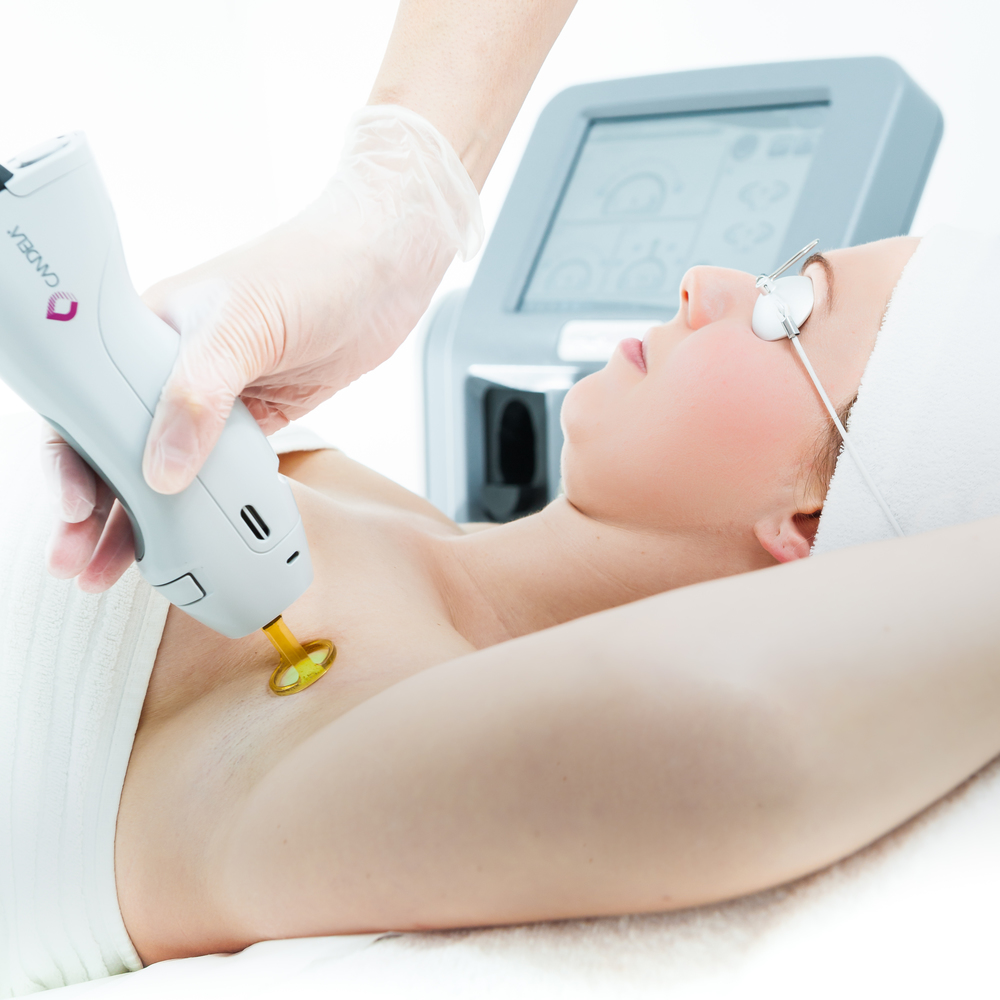Hair removal (along with cellulite) is everyone's concern. This becomes even more significant as summer approaches and the desire to wear dresses and short skirts increases exponentially compared to other seasons.
The Past
The most common hair removal methods are waxing, razor, depilatory cream, tweezers, or electric epilators. However, these methods are all characterized by temporary results, with hair regrowth occurring within 2-4 weeks after removal.
The Concept of Photoepilation
In recent years, long-term hair removal systems such as medical lasers and intense pulsed light devices have become increasingly established, basing their efficacy on photoepilation.
Photoepilation is a process based on selective photothermolysis, whereby light is selectively absorbed by the melanin contained in the hair, which consequently reaches high temperatures and damages the hair follicle.
The practical consequence of photoepilation is a long-lasting reduction in hair count and overall slower regrowth, particularly evident and effective when the targeted hair diameter is large. Since photoepilation is only effective during the hair growth phase (anagen phase), multiple sessions are necessary for optimal results. A cycle of 5 to 10 treatments, depending on the treated area and individual characteristics, ensures aesthetically satisfactory results.
Photoepilation with laser or intense pulsed light is indicated not only for the removal of unwanted hair but also for treating specific conditions such as hypertrichosis, hirsutism, and folliculitis.
Assessment is Important
Before undergoing photoepilation treatment, an assessment by a qualified physician is necessary to evaluate the person's phototype, hair characteristics (color, shaft diameter, and hair density) and establish the correct device settings calibrated for the individual patient. The assessment also includes analyzing potential contraindications such as pregnancy, active dermatological conditions, or use of photosensitizing medications.
